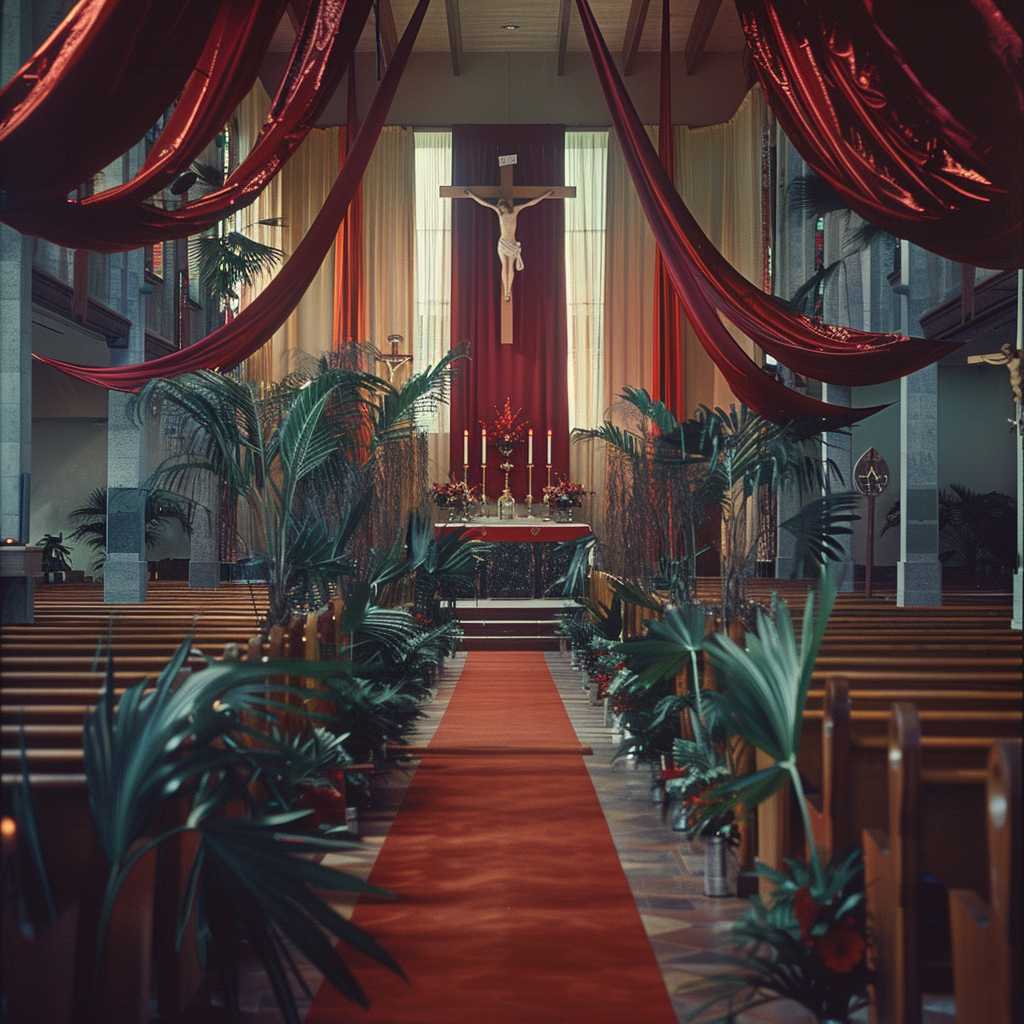Holy Week: An Overview of Sacred Observances Across Christianity
Holy Week is the most important period in the Christian liturgical year. Traditionally, it begins on Palm Sunday and concludes on Easter Sunday. This week is a time of profound religious significance for Christians around the world as they commemorate the last week of Jesus Christ’s life on earth: his triumphal entry into Jerusalem, his suffering and death on the cross, and ultimately, his Resurrection. This span of days is marked by various rites and services that are profoundly moving and steeped in centuries of tradition.
The Timing and Significance of Holy Week
Holy Week occurs at the conclusion of Lent, which is a forty-day period of fasting, prayer, and penance for many Christians. The dates for Holy Week and Easter differ each year because they are based on the lunar calendar – specifically, the first Sunday after the first full moon occurring on or after the vernal equinox. Central to Christianity, this week embodies core events integral to the faith.
The Days of Holy Week
Palm Sunday
The week opens with Palm Sunday, which commemorates Jesus’ entry into Jerusalem. Riding a donkey to symbolize peace, Jesus was greeted by crowds waving palm branches—a sign of respect and honor at that time. In churches today, this occasion is marked by the distribution of palm fronds to worshippers who carry them in processions.
Holy Monday to Holy Wednesday
The days leading up to the Triduum (the three days from Maundy Thursday to Holy Saturday night) often include daily prayer services, Eucharistic celebrations, and the reading of Biblical accounts detailing Jesus’ activities during those days.
Maundy Thursday
Maundy Thursday marks the day of the Last Supper where Jesus shared bread and wine with his disciples—rituals that instituted the Eucharist or Holy Communion. On Maundy Thursday, this legacy is commemorated through church services that include washing of feet, replicating Jesus’ act of service to his disciples.
Good Friday
Next is Good Friday, a day dedicated to remembrance and mourning. It marks the crucifixion and death of Jesus at Golgotha. Good Friday rituals vary but commonly include a series of prayers known as the Stations of the Cross, veneration of a wooden cross, and readings narrating Jesus’ Passion.
Holy Saturday
This day rests in somber silence as it reflects upon Christ’s death. Traditionally, no mass is celebrated until after nightfall when the Easter Vigil begins—it’s a symbolic representation of waiting at the tomb.
Easter Sunday
Easter Sunday brings an end to Holy Week with joyful celebration. At sunrise or other times throughout the day, Christians gather to proclaim ‘He is risen’. This declaration marks Jesus’ resurrection from death and is central to Christian belief.
Cultural Practices Associated with Holy Week
Holy Week ceremonies can vary greatly between different cultures and denominations within Christianity – from relatively austere services in some Protestant faiths to detailed and elaborate rituals in Roman Catholicism, Eastern Orthodoxy, Anglicanism, and others. Each tradition brings its own unique expression to these sacred days.
For instance, Spain is famed for its Semana Santa processions; while in Eastern Orthodox countries like Greece, certain services like Saturday’s Midnight Liturgy are particularly emphasized. Faithful in Latin America might combine indigenous elements into their celebrations, intertwining regional cultural aspects with religious observance.
Reflective Spiritual Preparations
Regardless of regional differences, personal preparation plays a thoroughgoing role during Holy Week for practicing Christians. Observation can include reflection on Scripture passages relevant to these events from Christ’s life, quiet contemplation, meditation on one’s faith journey toward spiritual renewal or rebirth might accompany communal worship.
